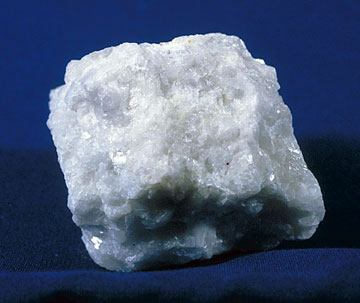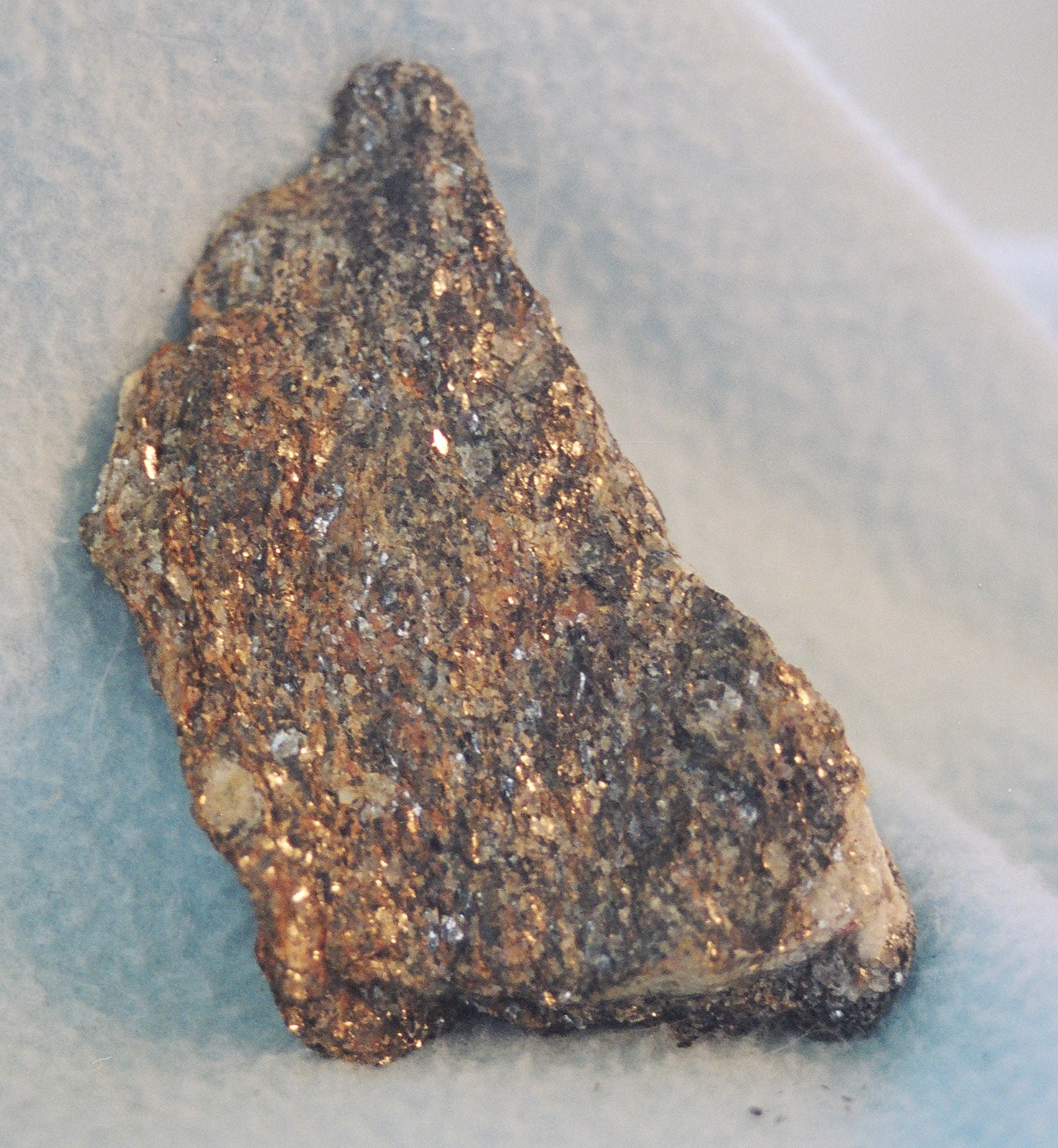
The Garden Pavilion, which is located in the South Asian gallery of VMFA
The white marble used to construct the pavilion is quite varied. The undersides of some pieces indicate that they were recycled from previous buildings, and the structure has been repaired several times. Some variations in the stone are, however, intentional, such as the matching grayish panels on each of the four corner piers.
While the Garden Pavilion is mostly made of marble, there are also many other materials. As seen in the photo, there are black rectangles near the bottom of the columns. These black designs were created with schist, a metamorphic rock of a grayish-blue black color. Sandstone is one other type of stone that makes up the Garden Pavilion. Sandstone is a sedimentary rock, and very much like sand, it can be multi-colored. The Garden Pavilion’s sandstone includes a magnificent, royal red hue that accentuates the white and black design of the columns.
Bold inlays of mottled brown marble and black schist pattern the pavilion’s floor, at the center of which is a basin that was once fed by a gently splashing fountain. The pavilion’s delicate columns originally carried far more weight than they do now, including a ceiling of stone slabs and a considerable superstructure with stone brackets; deep, angled stone eaves; and possibly an observation deck surrounded by a railing.

A photograph of white marble, the same mineral that was used in the Garden Pavilion

A photograph of schist, a mineral used in the squares on the bottom of the Garden Pavilion.
Garden Pavilion Video Transcript:
Narrator: The Garden Pavilion is a structure that originated from Rajasthan, India. Its nobility, and royal nature, is evident with its ornate design. Lotus flowers are carved on the outer edges. The lotus is the national flower of India. Metal rings in the mouths of ancient mythical creatures are installed at the top. These would be used to hang textiles to provide privacy, or shade from the sun. White marble with black schist and brown mottled marble inlays is what this pavilion is constructed of. Marble was once considered a royal stone, so it was completely suitable for them to use this material for this royal structure. The time this piece was created was during the rule of the Mughals – an Islamic dynasty that descended from the Mongolians and the Turks.
Explore More:
Details and Materials Associated with the Garden Pavilion